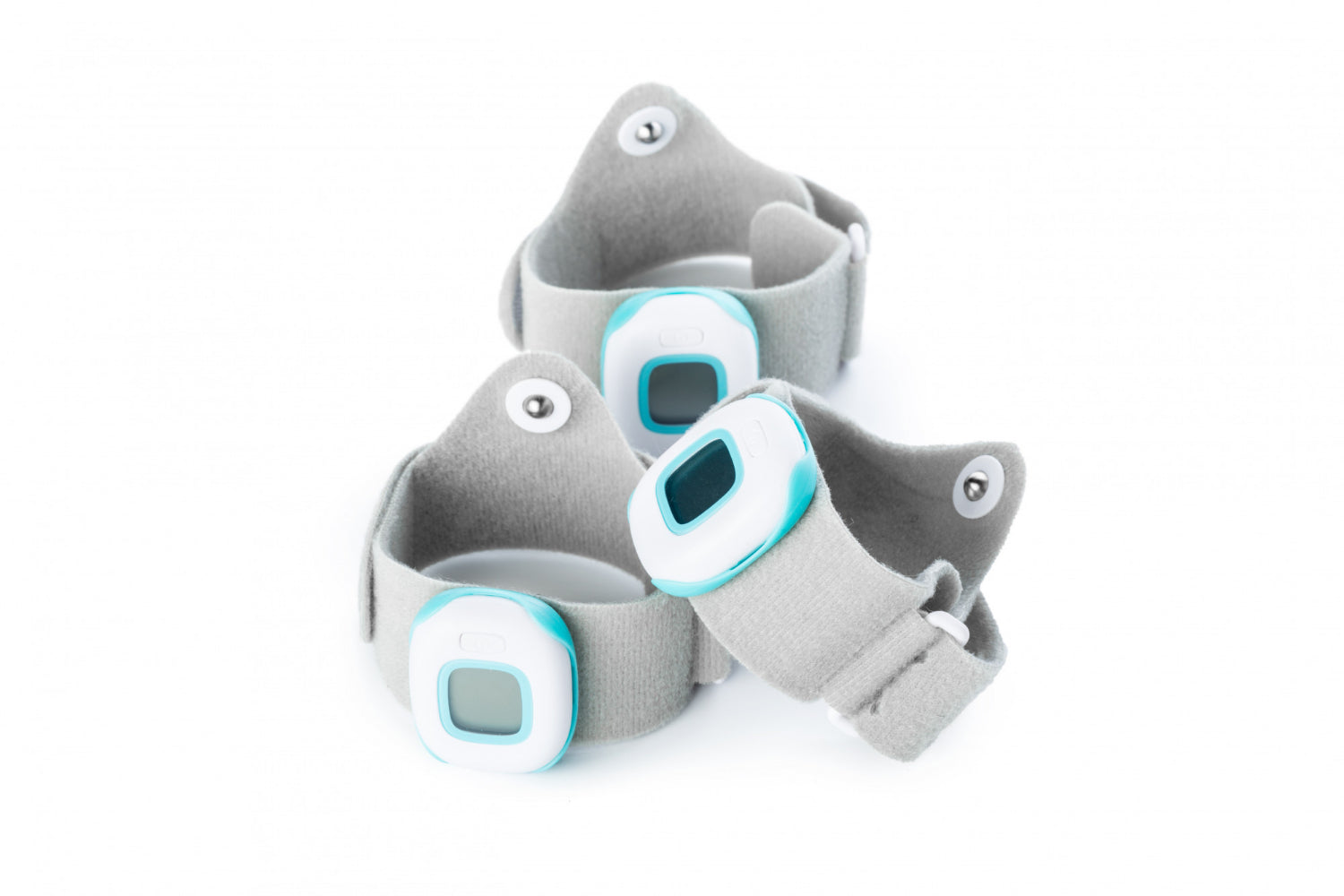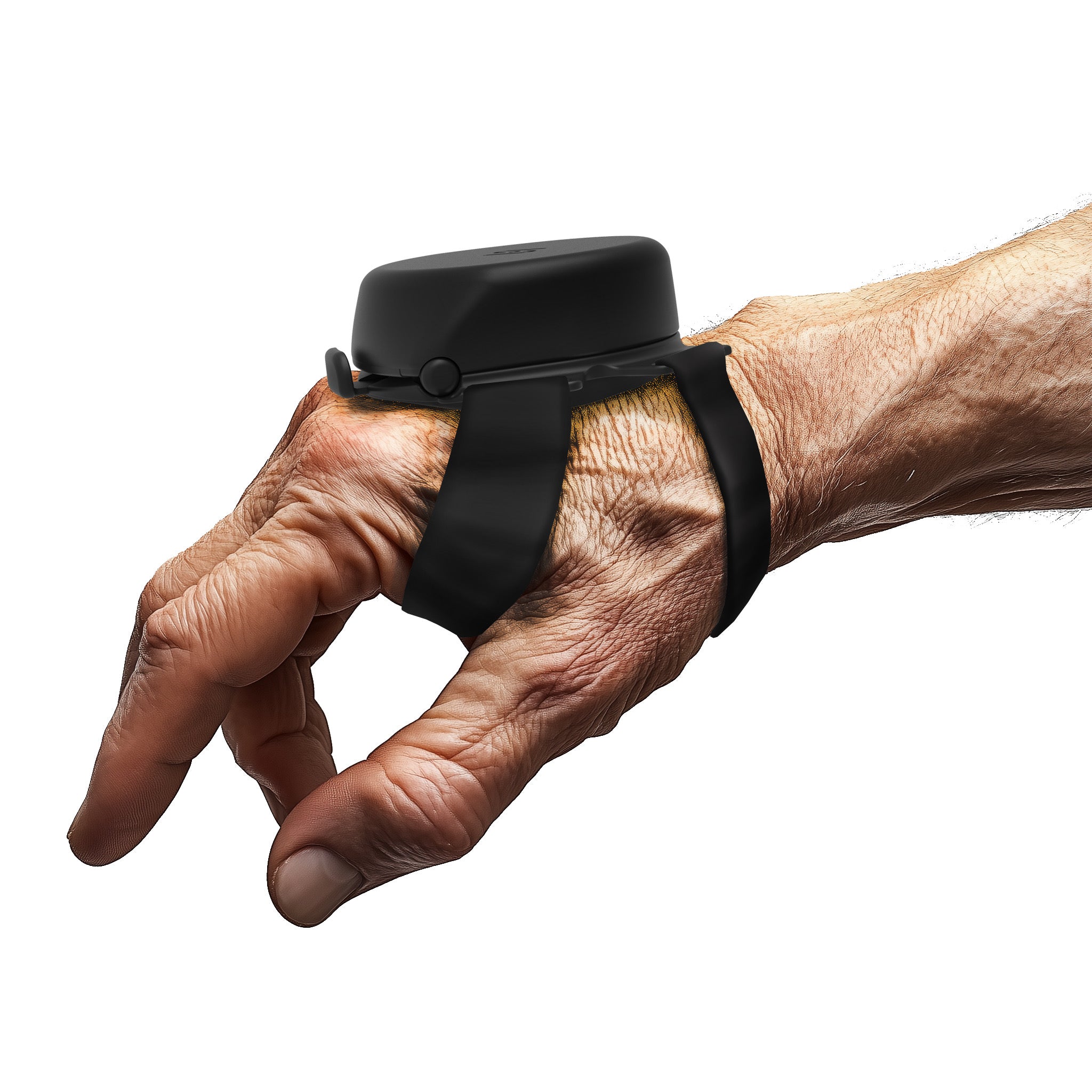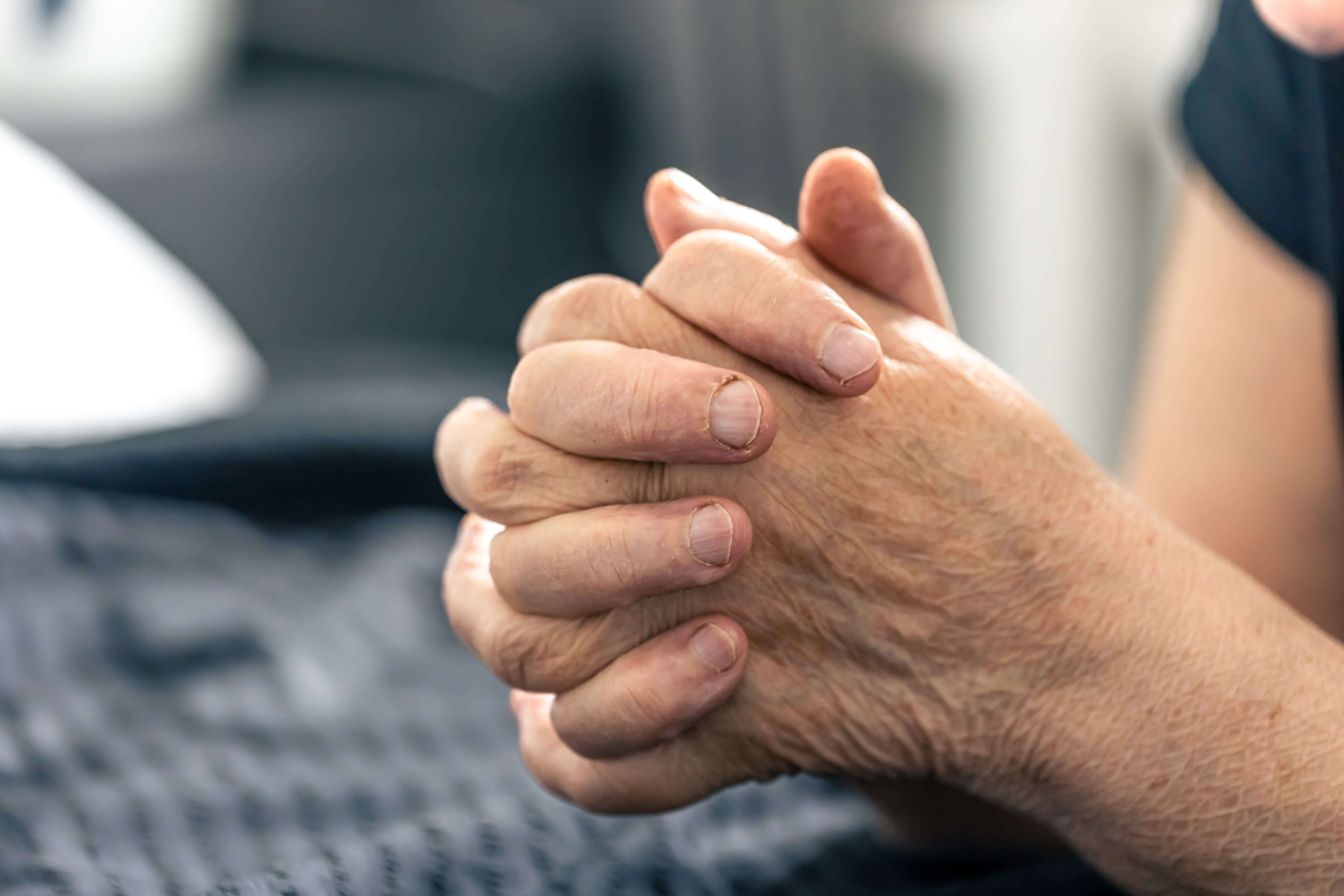Tremor is well known for its adverse effects on the mind, the body, and a patient's overall lifestyle. Since this movement disorder doesn’t have a certified or known cure yet, various companies are trying to make the patients’ lives easier by providing them with devices, tools, and gadgets that make the performance of their daily tasks much more manageable and free of any obstructions.
A good example of these devices is the weight bracelets, and in this blog, we will provide you with a proper introduction to what these things are, how to use them, and what benefits they can offer you, in case you’re considering using them. This blog is intended for informational purposes and is not a substitute for professional medical advice. Please consult your healthcare provider before starting any new Essential Tremor (ET) treatment.
What Are Weighted Bracelets?
Weighted bracelets are an accessory that helps people with Essential Tremor by offering motor assistance. These bracelets are typically made of fabric or neoprene material and contain small weights or metal inserts strategically placed around the wrist area. The sole purpose of these bracelets is to reduce the intensity and frequency of tremors, and they do so by applying a small amount of pressure to the forearms and wrists using the inserted weights.
Do Weighted Bracelets Have Any Types?
There are various types of these weighted wristbands; here are examples of some of the most popular ones:
-
Adjustable Bracelets:
Hence the name, these bracelets feature an adjustable strap or fastening, allowing users to alter the fit and tightness according to their comfort and needs. What makes adjustable bracelets so popular is their versatility and ability to accommodate different wrist sizes.
-
Velcro Bracelets:
The Velcro strap on these weight bracelets makes putting them on and off much more uncomplicated. The Velcro closure lets you make simple adjustments and secure the fit.
-
Wraparound Bracelets:
The lengthier design of wraparound bracelets encircles the forearm and wrist, ensuring a better fit. These bracelets usually feature an adjustable closure that provides a secure fit or a hook-and-loop fastening mechanism. This bracelet's longer length distributes the weight more evenly across the forearm, adding extra support.
-
Pressure Point Bracelets:
Certain Essential Tremor (ET) bracelets incorporate shiatsu or pressure points. These bracelets could contain tiny bumps or nodes thoughtfully positioned on particular forearm and wrist acupressure sites to ensure positive outcomes and effects. The pressure points are designed to activate specific neural pathways and offer extra sensory feedback to reduce tremors.
What Are The Benefits Of These Bracelets?

With all that being said, let’s get to the main point of our blog. What can a weighted bracelet do for you as a person with Essential Tremor (ET)?
-
A Reduce In Tremor:
These bracelets have been solely devised to reduce tremors as far as possible. The mild pressure and proprioceptive feedback from the weights can help relax the central nervous system and reduce the intensity and frequency of the tremor. Studies like Smith et al., 2021, in the Journal of Neurological Sciences, resulted in a statistically significant reduction of tremor amplitude among participants with weighted bracelets.
-
Increased Stability:
More weight on the wrist can heighten rigidity and labyrinthine sensation, allowing finer motor functions, mobility, and fewer obstacles in daily life activities. [Doe & White, 2020] shared in the Movement Disorders Clinical Practice that weighted wristbands enhance hand-movement stability while engaging in everyday activities.
-
Improved Quality Of Everyday Life:
Essential Tremor (ET) has been shown to significantly influence a patient's quality of life, including their capacity to carry out everyday activities and duties and engage in social interactions. For patients with Essential Tremor (ET), weighted bracelets can significantly improve their quality of life by minimizing tremors and improving their general motor function and control.
-
A Good Non-Medical Alternative:
For controlling the impact of Essential Tremor (ET), these kinds of accessories provide a non-invasive, non-medical option, which makes them an ideal choice for some people. They give the patients more control over their health and less dependence on drugs or surgery, and they can be used alone or in combination with other forms of treatment.
What About Side Effects?
While these accessories are generally considered safe to use for everyone, they may have a few side effects to keep an eye out for. Here are a few good examples:
-
Skin Irritations And Discomfort:
The bracelet's pressure or friction may cause you to feel uncomfortable or develop skin irritations; this is why it's essential to ensure the bracelet is not too tight; if it is, it should be adjusted or taken off. Choosing a bracelet composed of non-allergenic and ventilated materials can help reduce the likelihood of skin-related problems.
-
Blood Circulation Issues:
If a weighted bracelet is worn too tight or for a long time, it can prevent blood from traveling to the fingertips and hands. Over time, this may result in numbness, tingling, or freezing sensations. Ensuring the bracelet fits correctly and isn't unduly restrictive is essential. If you ever notice blood circulation problems, remove the bracelet immediately.
-
Psychological Dependence:
Although using weighted bracelets can help manage the adverse effects of tremors, there is a chance that wearing them regularly will cause you to develop a psychological dependency. People could become utterly dependent on the wristbands and experience anxiety or incapacity to function in their absence. Using the bracelets with a thorough treatment plan involving other therapies like physical therapy or medicine is crucial in striking the required balance.
The Role Of Technology In Enhancing Tremor Management Devices
Recent technological advances have significantly enhanced the efficiency of weighted bracelets, among other tremor-management devices. Their modern functionalities include innovative technologies that come in sensors, which monitor the pattern of the tremor and readjust the weights correspondingly in real time to provide personalized support. Such devices often feature connectivity options to enable users to monitor their progress, adjust settings via mobile applications, and connect with support networks, which furthers Essential Tremor (ET) management.
Furthermore, new advances in materials science have improved comfort and wear resistance for such bracelets. Advanced breathable materials are used to build comfortable yet resilient bracelets that are comfortable enough for the skin and strong enough to ensure long-term wear without skin irritation. With these integrations in technology, physical support will increase besides improving the quality of living in general in Essential Tremor (ET) patients, making daily activities more feasible.
Integrating Steadi-3 Tremor Glove Into Daily Life For Essential Tremor Management

The condition of Essential Tremor (ET) is best treated using novel tools to enhance functionality and quality of life. Here comes our Steadi-3 tremor glove, which helps to reduce hand tremors and Parkinson’s. Wearing our tremor’s glove in the morning helps to stabilize hand movements right from the beginning of the day, making even the simplest activities, like brushing teeth or preparing breakfast, easier. The glove's design offers flexibility and effective tremor control, facilitating productivity without discomfort for workplace activities requiring fine motor skills, such as typing or detailed craftsmanship.
Using our glove can provide an all-around approach to managing Essential Tremor (ET), enhancing the quality of daily activities by reducing the impact a tremor has while providing focused, functional support. Always consult healthcare professionals when integrating new tools into your treatment plan to ensure they complement your existing strategies effectively.
Conclusion
Weighted bracelets have been an excellent development for managing Essential Tremor (ET). These devices, with the addition of weight and pressure, provide mechanical stabilization that has been shown to reduce the amplitude of the tremor, increasing stability and quality of life in people suffering from Essential Tremor (ET). They can be worn during many different types of activities, therefore enhancing daily functionality without side effects associated with traditional medications.
Weighted bracelets can also be quite effective when combined with other treatment techniques, like occupational therapy and relaxation. It is crucial to consult with healthcare professionals to tailor interventions that best fit individual needs and to ensure that any new device or method is part of a holistic treatment plan. Weighted bracelets and other supportive devices and therapies pave the way toward a more manageable life for those dealing with Essential Tremor (ET), empowering them to perform daily tasks with greater ease and confidence.
Resources:



